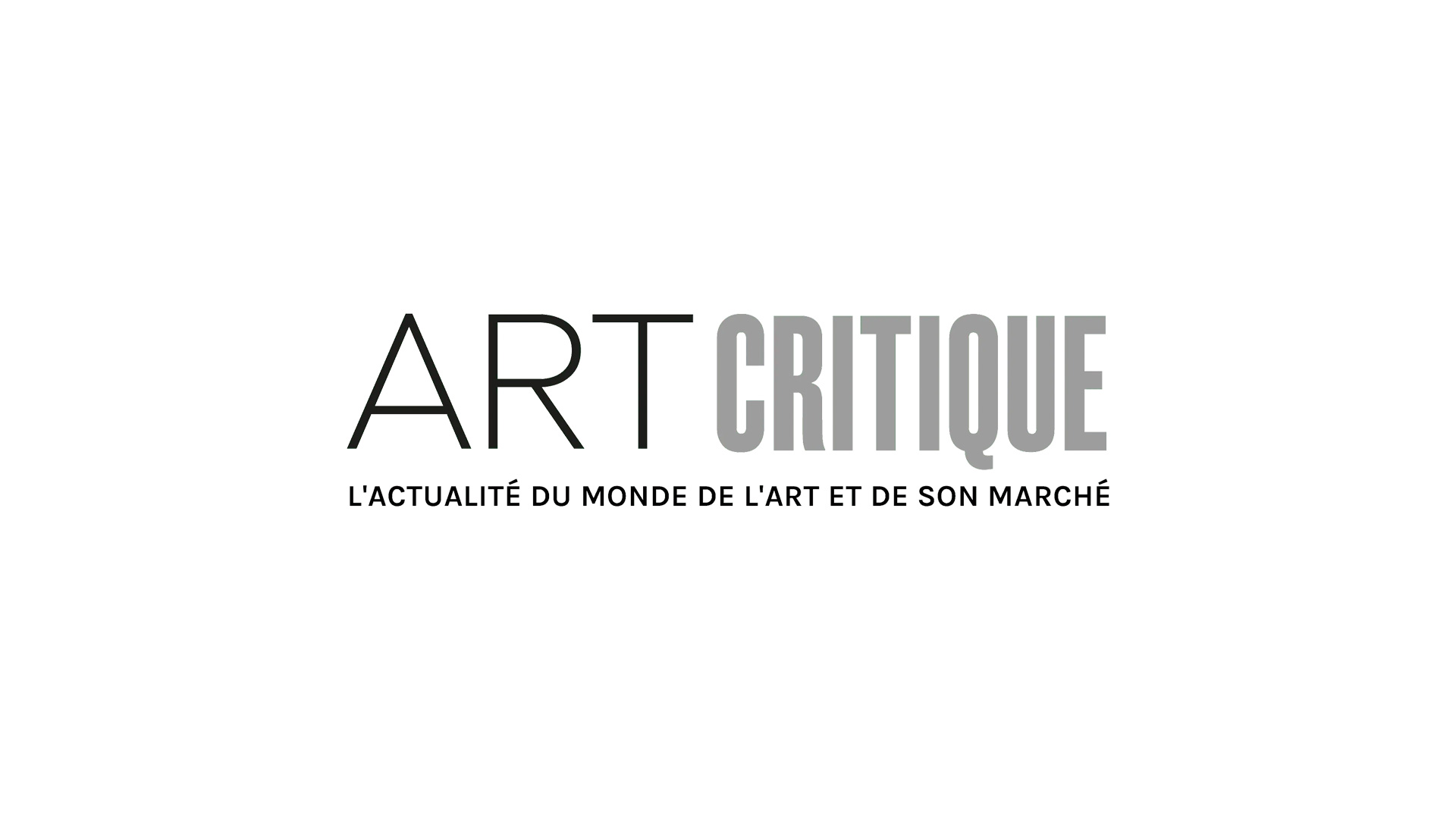What happens when the authenticity of a repatriated artwork is called into question? That’s exactly what the Bernice Pauahi Bishop Museum (BPBM) in Honolulu may have to figure out after Marc Benioff, a tech billionaire, donated a wooden statue of a Hawaiian war god in 2018 that he’d purchased for $7.5 million.

The 21-inch statue hit the market in a 2017 in Paris when it came up as Lot 153 in Christie’s Collection Vérité sale. Thought to date back to the height of Hawaiian artistic production (between the 1780s and around 1819), the statue depicts the Hawaiian god of war ku ka ‘ili moku, better known as ‘The Island Eater.’ Carved from the wood of a Hawaiian metrosideros tree, the statue is an impressive object that seems to tick all the boxes for Hawaiian art of the time. Though the statue was unknown prior to the sale, it is believed to have been acquired by Pierre Vérité, a well-known collector of ‘tribal’ art, in the 1940s from dealer Marie-Ange Ciolkowska. Pierre was also the son of Claude Vérité, another reputable collector who sold artefacts to prominent figures including Pablo Picasso and Henri Matisse.
When the carving came up to action, Susan Kloman, Head of African and Oceanic Art at Christie’s took note. ‘When I first saw this figure I was astonished — really speechless,’ said Kloman. ‘We couldn’t imagine that such a work could still exist in a private collection. The figures that we know are in museums, including what we consider the mate to this piece, which is in the British Museum.’ Kloman went on to highlight the features of the figure that made it so quintessentially from the period of Hawaiian history. Created in the Kona style, the statue bears a figure-eight-shaped mouth, head crest, and enlarged eyes.
In 2018, Benioff, whose ‘Aloha spirit’ has raised eyebrows, repatriated the statue back to Hawaii stating it ‘belonged in Hawaii, for the education and benefit of its people.’ The generous gesture has allowed for the statue to act as the center of the BPBM’s exhibition, ‘Kini Ke Kua: Transformative Images,’ which runs through September.
Now, the statue is causing experts around the globe to reconsider if it is or isn’t the real deal. For some, doubts linger. Daniel Blau, an expert in Pacific Islands art, told the New York Times that the statue is ‘the sort of thing you see in a tiki bar.’ Paris-based dealer Anthony Meyer, who specializes in Oceanic art, told the NYTimes that to him, the artwork was unlikely made by ‘someone with the belief systems of that period or place.’ He continued saying: ‘I think it’s made later, but I don’t know when.’ The provenance, or lack thereof, seems to have some second-guessing the statue’s authenticity given that the artwork’s history only dates back to the 1930s. However, some remain convinced that the statue is real, like private dealer and expert in Pacific Island artefacts Julian Harding, who told the news source that he believed it to be ‘a masterpiece of Oceanic art.’
The museum does plan to continue research on the statue in the hopes of receiving a better understanding of the artwork’s history but determining when such an artwork was actually carved is no fool-proof science.





